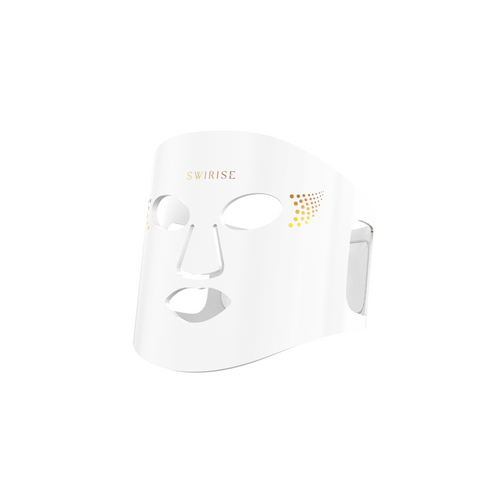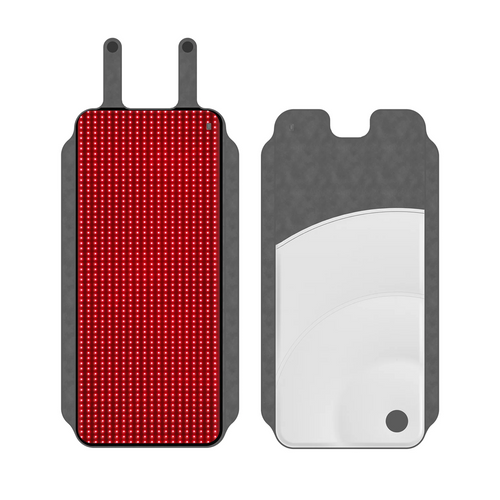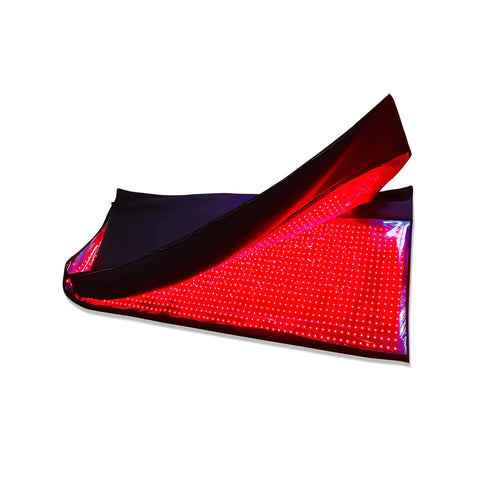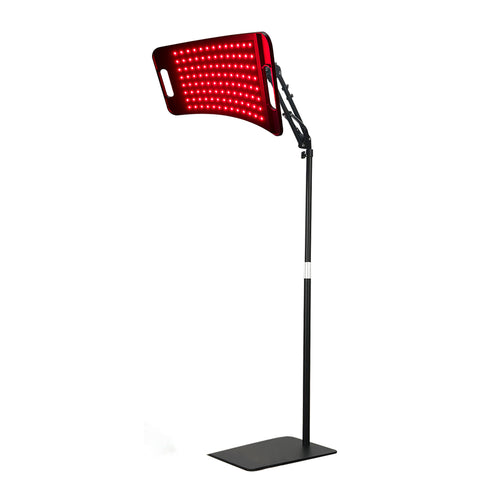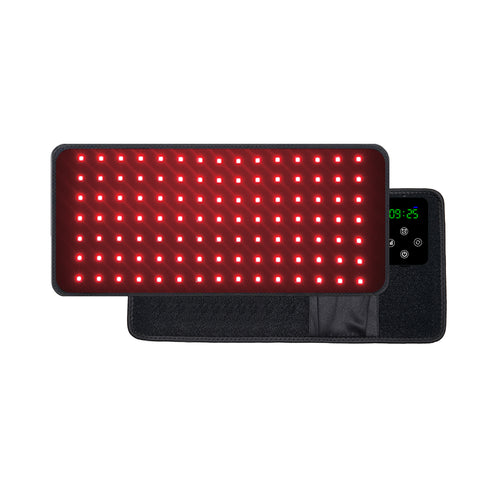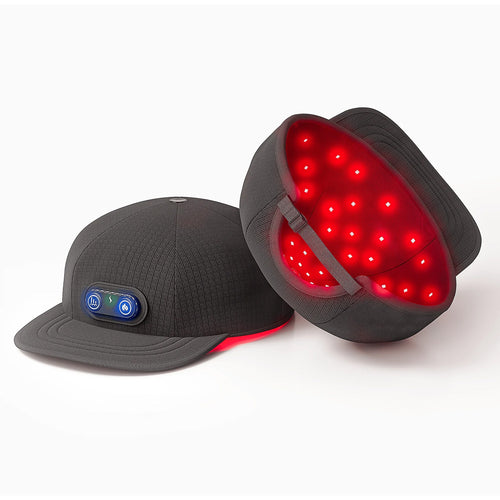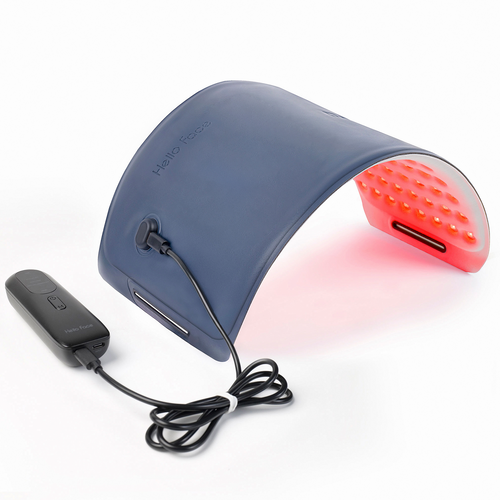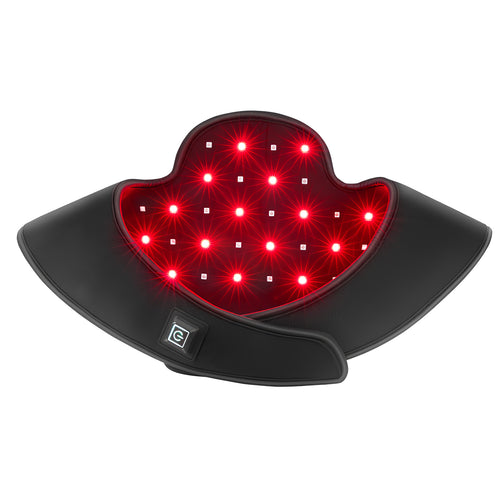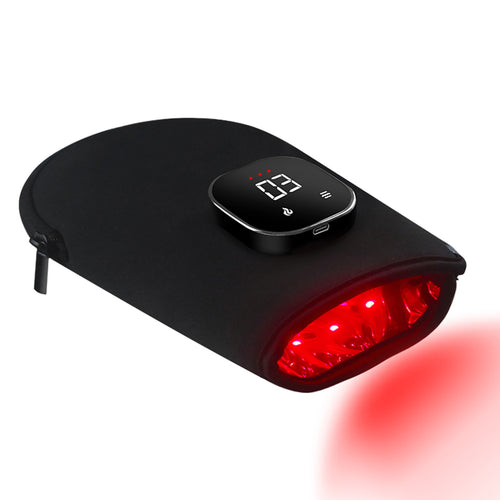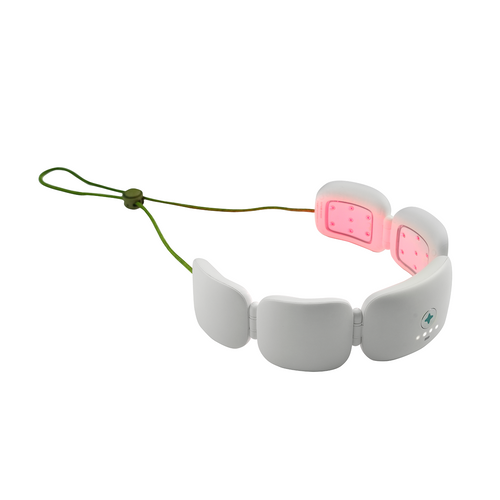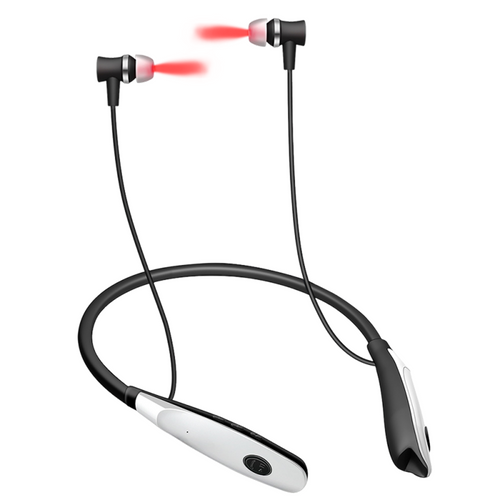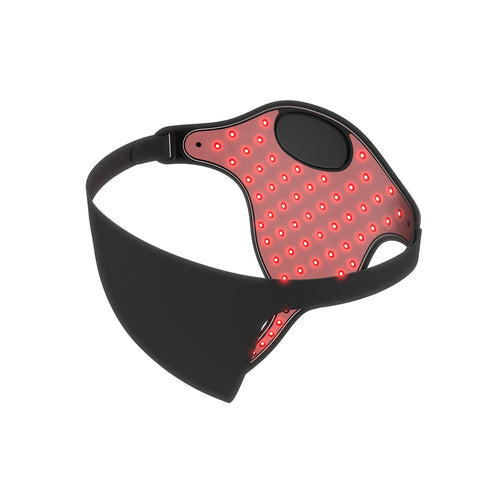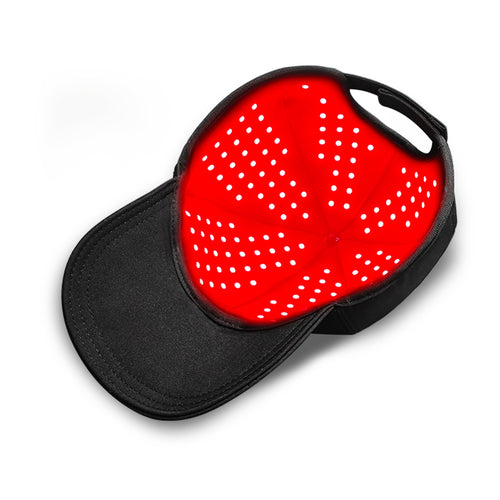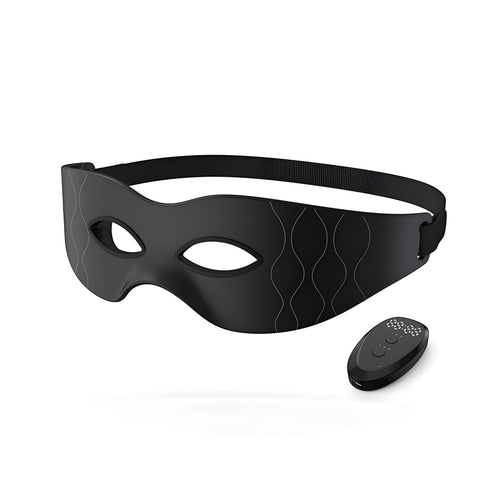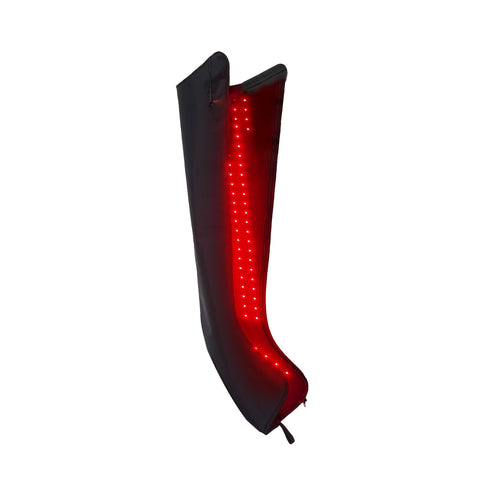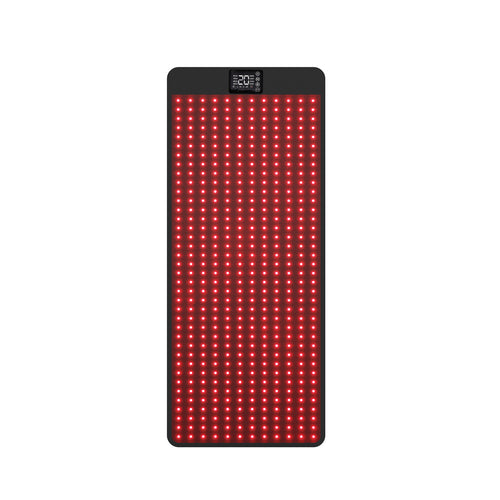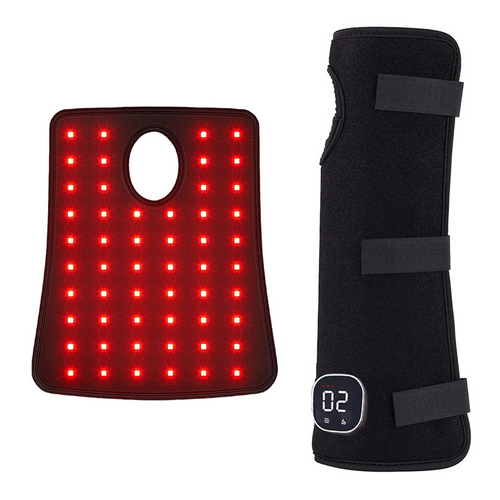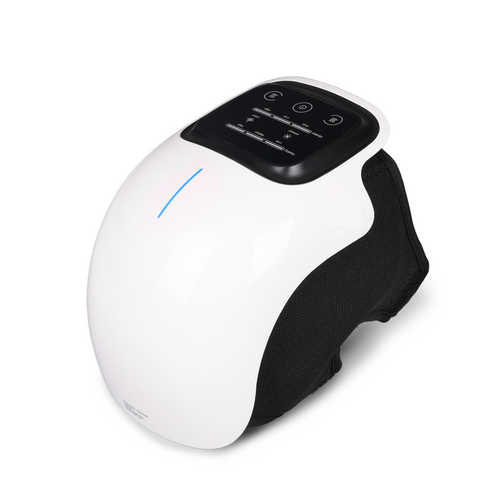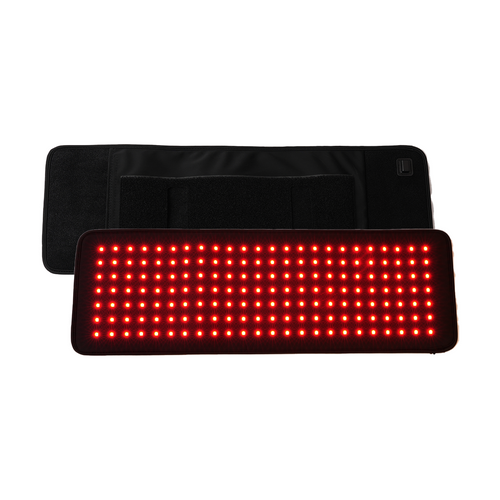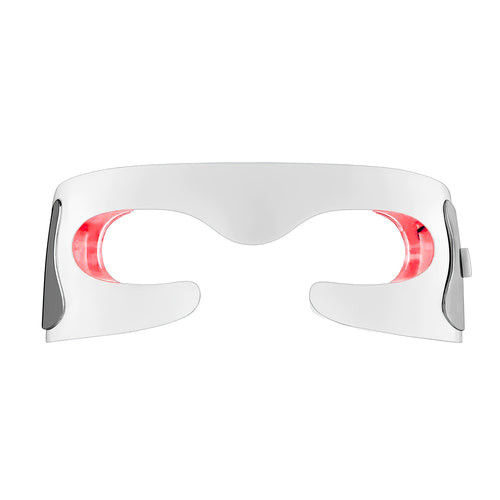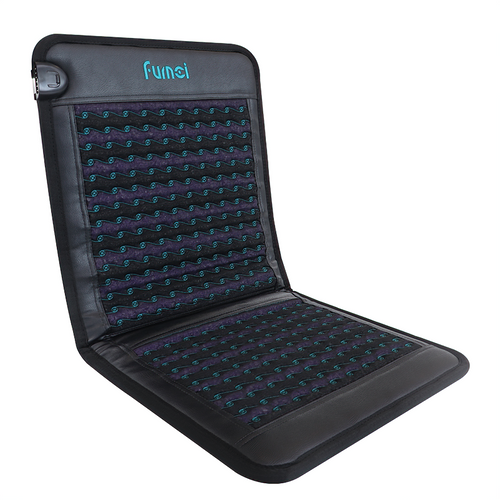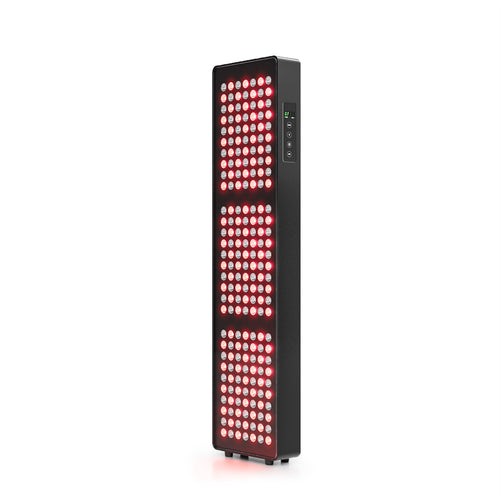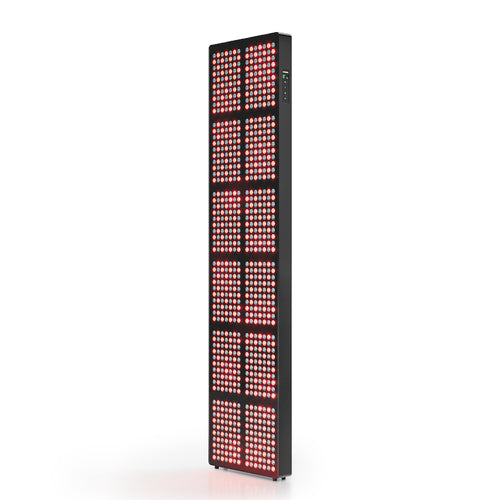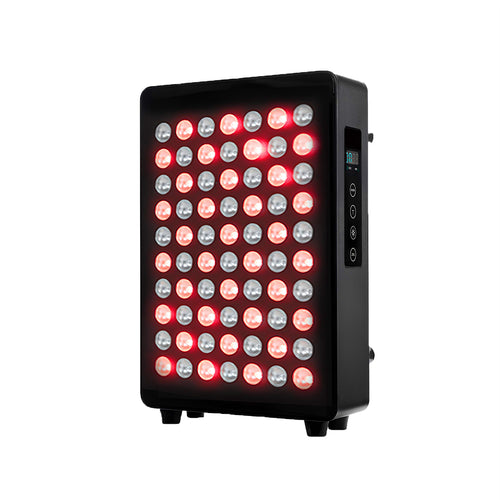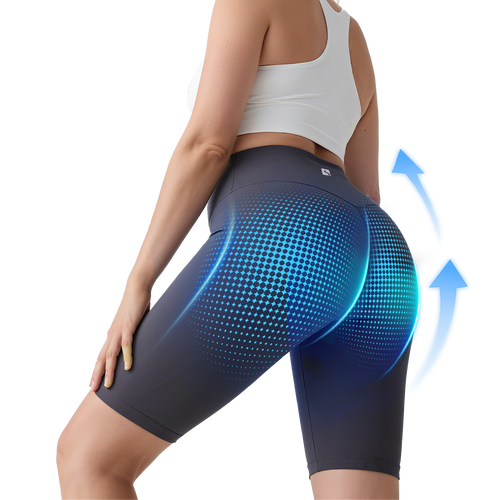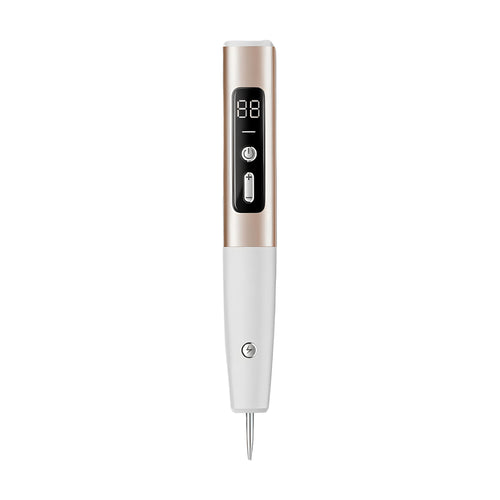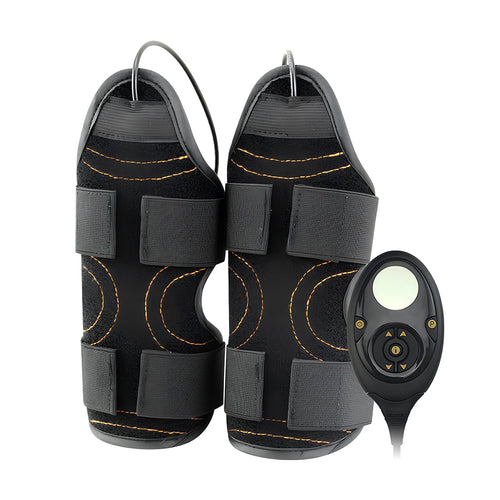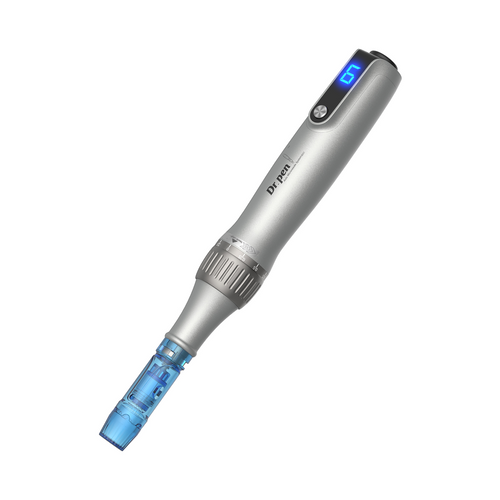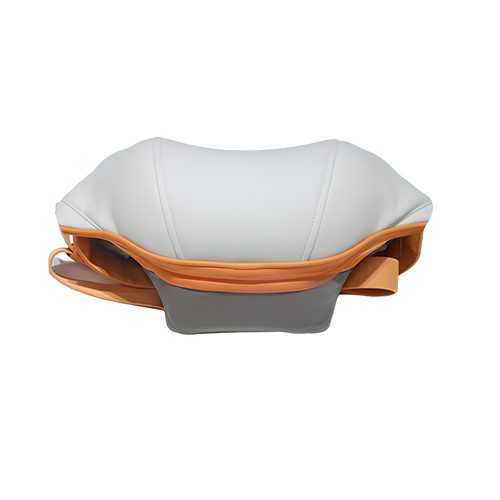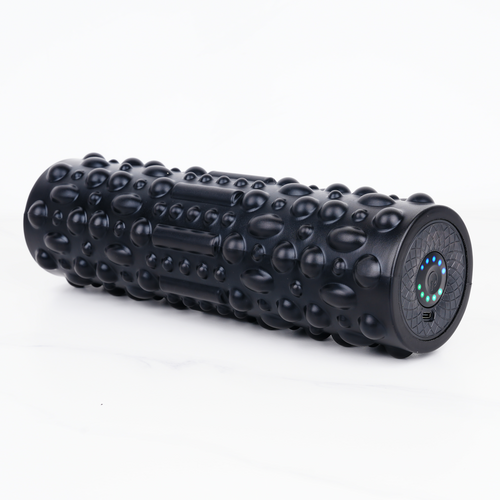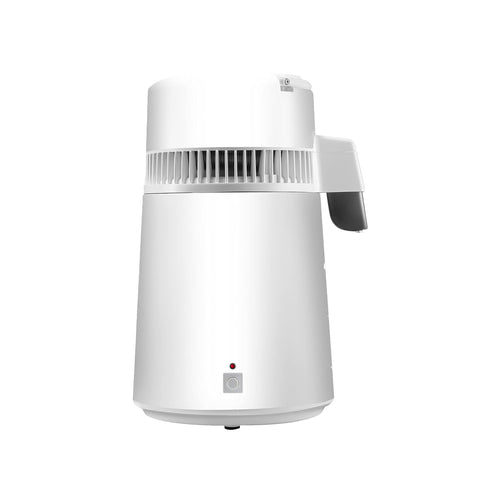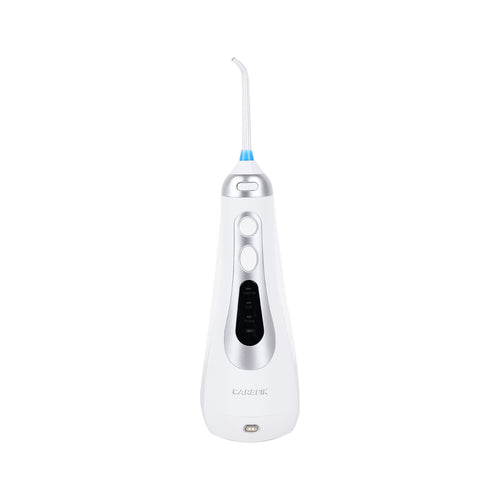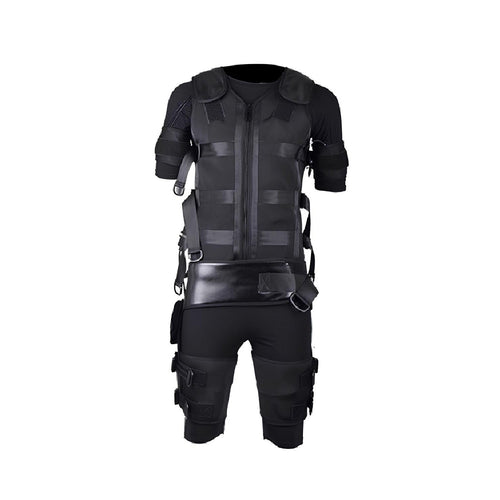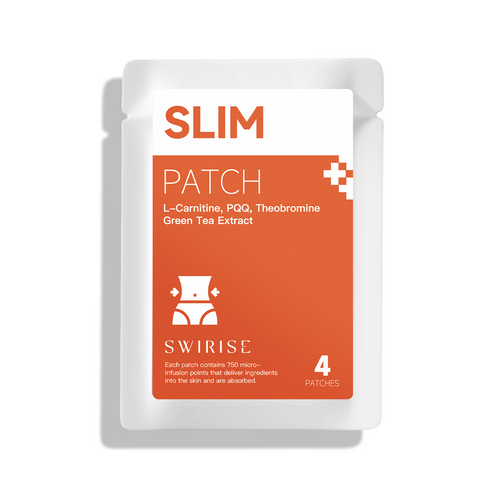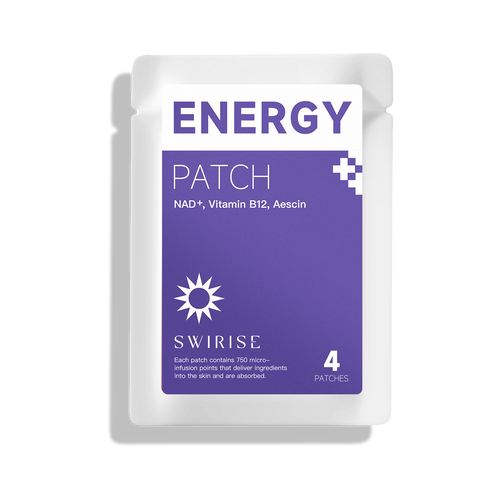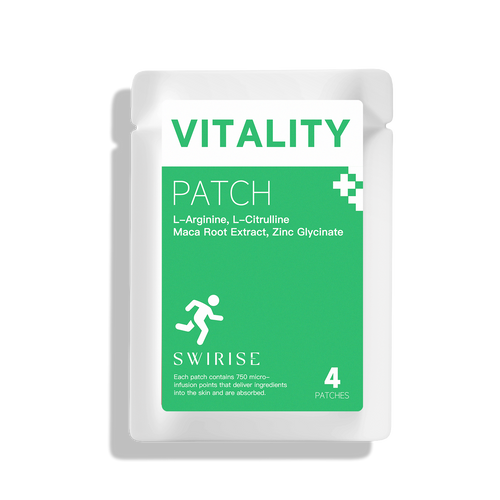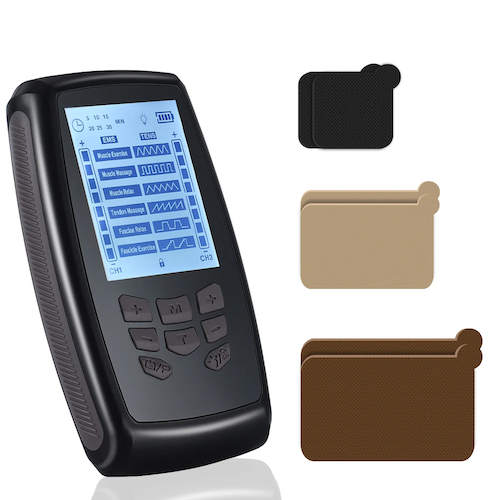
Pain Management at Home: How EMS Therapy Helps You Relieve Discomfort Naturally
JustinLin1. Understanding the Modern Pain Problem
Chronic or recurring pain has quietly become one of the most common health issues in daily life. Whether it’s stiffness in the neck after hours of sitting, lower back tightness from poor posture, or sore muscles after exercise, many people experience persistent discomfort that affects focus, sleep, and overall wellbeing.
According to the World Health Organization, one in five adults globally suffers from ongoing musculoskeletal pain, and the number continues to rise due to sedentary lifestyles and increased screen time. While over-the-counter medications offer temporary relief, they rarely address the root cause.
This growing awareness has encouraged many to explore non-invasive, drug-free pain management solutions — including electrical muscle stimulation (EMS) technology.
2. Why EMS Therapy Is Gaining Attention
Electrical Muscle Stimulation (EMS) delivers controlled electrical impulses that mimic natural signals from the brain, causing muscles to contract and relax rhythmically. This process enhances blood circulation, reduces muscle stiffness, and promotes recovery.
Unlike passive heating pads or topical creams, EMS actively engages the muscles, improving oxygen delivery and helping remove metabolic waste — two key factors in reducing discomfort and fatigue.Clinical studies have shown that regular use of EMS can help:
- Relieve localized muscle pain and tension
- Support post-exercise recovery
- Improve joint mobility and muscle endurance
For people seeking a non-pharmaceutical alternative, EMS represents a science-backed approach to consistent, long-term relief.
3. How At-Home EMS Devices Work
Recent advancements have made EMS devices more compact, wearable, and accessible for home use. Portable systems like the Swirise EMS Pain Relief Device bring professional-grade muscle stimulation to everyday settings — no clinic visits or setup required.
The process is simple: users apply the pads to the affected area — such as the back, shoulders, or thighs — select an intensity level, and let the pulses stimulate deep muscle fibers for 15–20 minutes per session.
Over time, this gentle stimulation:
- Increases blood flow, reducing inflammation
- Releases endorphins, the body’s natural pain relievers
- Re-educates muscles, improving posture and function
Unlike passive rest, EMS encourages the body’s own mechanisms of repair — supporting both acute and chronic pain management.
4. The Benefits of Consistent Use
While many users feel immediate relaxation after a single session, the best results typically appear with regular use over 4–6 weeks.In user trials conducted by Swirise, participants reported:
- Up to 70% reduction in muscle soreness after four weeks
- Noticeable improvement in flexibility and movement
- Better sleep quality and reduced post-workout fatigue
Because EMS devices are portable and rechargeable, they fit easily into daily routines — at home, at work, or while traveling.
“I started using EMS therapy after long workdays sitting at my desk,” says a Swirise user. “After a few weeks, the stiffness in my back was gone — it became part of my nightly routine, like brushing my teeth.”
5. Who Can Benefit from EMS Therapy
EMS therapy is widely used across healthcare, sports, and rehabilitation fields. However, at-home devices make it suitable for almost anyone experiencing mild to moderate muscle pain or tension.It can be particularly beneficial for:
- Individuals with sedentary or desk-based jobs
- People recovering from workouts or training
- Older adults managing age-related stiffness
- Those seeking drug-free pain management options
That said, individuals with pacemakers, epilepsy, or certain medical conditions should consult a physician before use.
6. The Future of Everyday Pain Management
The integration of EMS and TENS (Transcutaneous Electrical Nerve Stimulation) technologies signals a shift toward personalized, tech-driven wellness care. Instead of relying solely on medication or therapy visits, people can now access targeted, evidence-based relief at home.
Devices like the Swirise EMS Pain Relief Device represent this new standard — merging scientific precision with everyday convenience.
Pain management is no longer about endurance; it’s about empowering recovery through smart, consistent care.
7. Swirise EMS & TENS Products: Overview and Recommendations
For readers exploring at-home pain relief and muscle recovery, Swirise offers a range of EMS and TENS devices suited for different needs. Here’s a detailed overview:
Overview:
A compact, dual-zone device combining TENS and EMS technologies to relieve pain, reduce fatigue, and stimulate muscles. Portable and affordable, suitable for multiple body parts.
Best For:
- Muscle and joint stiffness relief
- Post-workout recovery
- Busy professionals seeking quick at-home therapy
Advantages:
- Dual-zone design with 6 modes and 8 intensity levels for customized therapy
- Portable, rechargeable, and easy to use anywhere
- Comes with three sizes of electrode pads for better fit and effectiveness
- Combines TENS pain relief and EMS muscle activation
Pros:
- Reduces discomfort and stiffness efficiently
- Improves blood circulation
- Boosts muscle strength and vitality
- Relieves fatigue and relaxes nerves
Overview:
FDA-cleared EMS shorts designed for glute lifting, thigh sculpting, and pelvic floor strengthening. Clinically validated with deep muscle activation equivalent to thousands of squats, lunges, and Kegels.Best For:
- Lower body toning and shaping
- Busy individuals seeking an at-home workout alternative
- Users aiming for muscle definition without intensive exercise
Advantages:
- Targets glutes, thighs, and pelvic floor in a single device
- Lightweight, comfortable, and easy to wear
- Delivers deep muscle contractions (up to 50,000 per 15-minute session)
- Clinically validated with proven results in 4–6 weeks
Pros:
- Lifts and firms glutes
- Tones thighs for a leaner, contoured look
- Enhances circulation and muscle activation
- Supports pelvic floor and core strength

